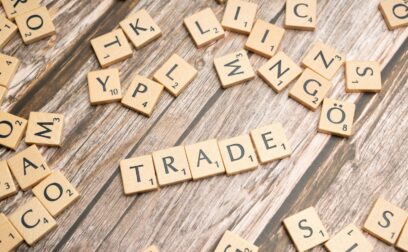Asset refinancing is a way you can unlock cash from items your business already owns (or partially owns). You can secure a loan with e.g. commercial property, equipment or vehicles. It’s common to use asset refinance in combination with other types of finance such as invoice finance.
The amount a lender is prepared to advance depends on the type of asset, its condition, its age and the percentage you own (equity).
Asset refinance is different to asset finance, which is a type of lending that gives you access to additional business assets.
Asset refinancing might be a suitable option if your business is asset-rich but cash-poor. It allows you to access a cash lump sum using the value of assets already on your balance sheet. You may want to buy – or put down a deposit on – a new piece of equipment or you may simply want to ease cash flow.
A key advantage of asset refinancing is that you don’t need to own the asset outright. Lenders will look at the equity (share) you currently have in the asset. For example, if you obtained equipment on a hire purchase agreement and have some money left to pay (to the hire purchase provider), you can still raise finance against this (partially owned) asset. The new lender will usually pay off your original lender (in this case the hire purchase company) and give you a lump sum based on the equity you have in the asset.
In other words, you transfer ownership to the new lender while you continue to use the asset, effectively leasing it them with monthly payments. This is why asset refinance is also known as a sale and leaseback agreement. Asset refinance agreements are usually provided on a finance lease or lease/hire purchase agreement.
Once the agreement ends, ownership usually reverts back to your business. If you don’t keep up payments, the new lender will take the asset to recoup what you owe.
Advantages:
- Spread the cost of acquiring assets for your business, usually up to 5 years
- Depending on the chosen product, you can either purchase, rent or refinance assets
- Suitable for a wide range of both new and used assets, including equipment, machinery and vehicles
- Adverse credit usually isn’t a problem
Disadvantages:
- More expensive than using your own funds to support an outright purchase due to interest and any associated service charges
- Commercial Asset Finance products use the asset concerned as collateral, which will be removed from your business should you fall behind in the repayment scheme
- You are responsible for maintaining and preserving the asset in question while it’s under your care – including repairs and setting up a suitable insurance policy
- Depending on the product, you may need to make a deposit or pay the first month’s payment upfront (subject to negotiation)
- finance lease – suitable for leasing assets for a limited time or contingent to rapid depreciation, consider borrowing assets for your business.
- hire purchase – if you want to obtain the use of valuable assets and gain eventual ownership, consider a hire purchase.




 yet? Register here!
yet? Register here!